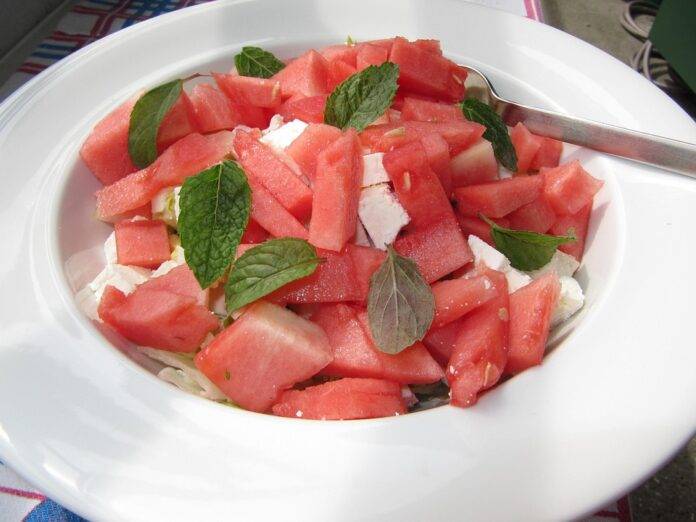Cultural and Culinary Significance of Feta Across Regions
Feta cheese is a beloved staple in Mediterranean cuisine, known for its tangy flavor and crumbly texture. This iconic cheese has a rich cultural and culinary significance across various regions where it is produced and consumed. In this report, we will explore the history, production methods, and consumption patterns of feta cheese, highlighting its importance in different cultures.
History and Origins of Feta Cheese
Feta cheese has been a part of Greek cuisine for centuries, with references to a similar cheese dating back to ancient times. The name “feta” comes from the Greek word “fetta,” which means slice. Traditionally, feta was made from sheep’s milk or a mixture of sheep’s and goat’s milk, giving it a distinct flavor profile.
The Protected Designation of Origin (PDO) status was granted to Greek feta cheese in 2002 by the European Union, recognizing it as a product of specific geographical origin and traditional production methods. This designation ensures that feta cheese made outside of Greece cannot be labeled as such.
Production Methods and Varieties of Feta Cheese
Feta cheese is typically made by curdling milk with rennet and allowing it to ferment before being drained and aged in brine. The cheese is then stored in wooden barrels or metal containers to develop its characteristic flavor. The aging process can range from a few weeks to several months, depending on the desired texture and taste.
In addition to the traditional Greek feta, there are also variations of this cheese produced in other Mediterranean countries such as Bulgaria, Romania, and Turkey. These cheeses may have slightly different flavors and textures due to variations in milk sources and production techniques.
Consumption Patterns and Culinary Uses of Feta Cheese
Feta cheese is a versatile ingredient used in a variety of dishes, from salads and sandwiches to pastries and main courses. In Greek cuisine, feta is often crumbled over salads or baked into savory pies such as spanakopita. In other Mediterranean cuisines, feta may be paired with olives, tomatoes, and herbs for a simple and delicious appetizer.
The global demand for feta cheese has been steadily increasing in recent years, driven by the growing popularity of Mediterranean cuisine and the rise of food tourism. According to market research firm Statista, the global feta cheese market was valued at $2.8 billion in 2020 and is projected to reach $3.5 billion by 2025.
Regional Variations and Cultural Significance of Feta Cheese
While Greek feta is the most well-known variety, there are distinct regional variations of feta cheese that reflect the diverse culinary traditions of different countries. Bulgarian sirene, for example, is a brined white cheese similar to feta but with a crumbly texture and tangy flavor. Romanian telemea is another variation of feta cheese made from sheep’s milk and aged in brine.
In Turkey, beyaz peynir is a type of white cheese similar to feta that is commonly eaten for breakfast with bread, olives, and tomatoes. This cheese is an essential part of Turkish cuisine and is often served in meze platters alongside other appetizers.
Conclusion
In conclusion, feta cheese holds a special place in Mediterranean cuisine, with its tangy flavor and crumbly texture adding depth and richness to a wide range of dishes. The cultural and culinary significance of feta cheese across regions is evident in the diverse production methods, consumption patterns, and regional variations of this iconic cheese. As the global demand for feta cheese continues to rise, it is clear that this beloved ingredient will remain a staple in kitchens around the world for years to come.




